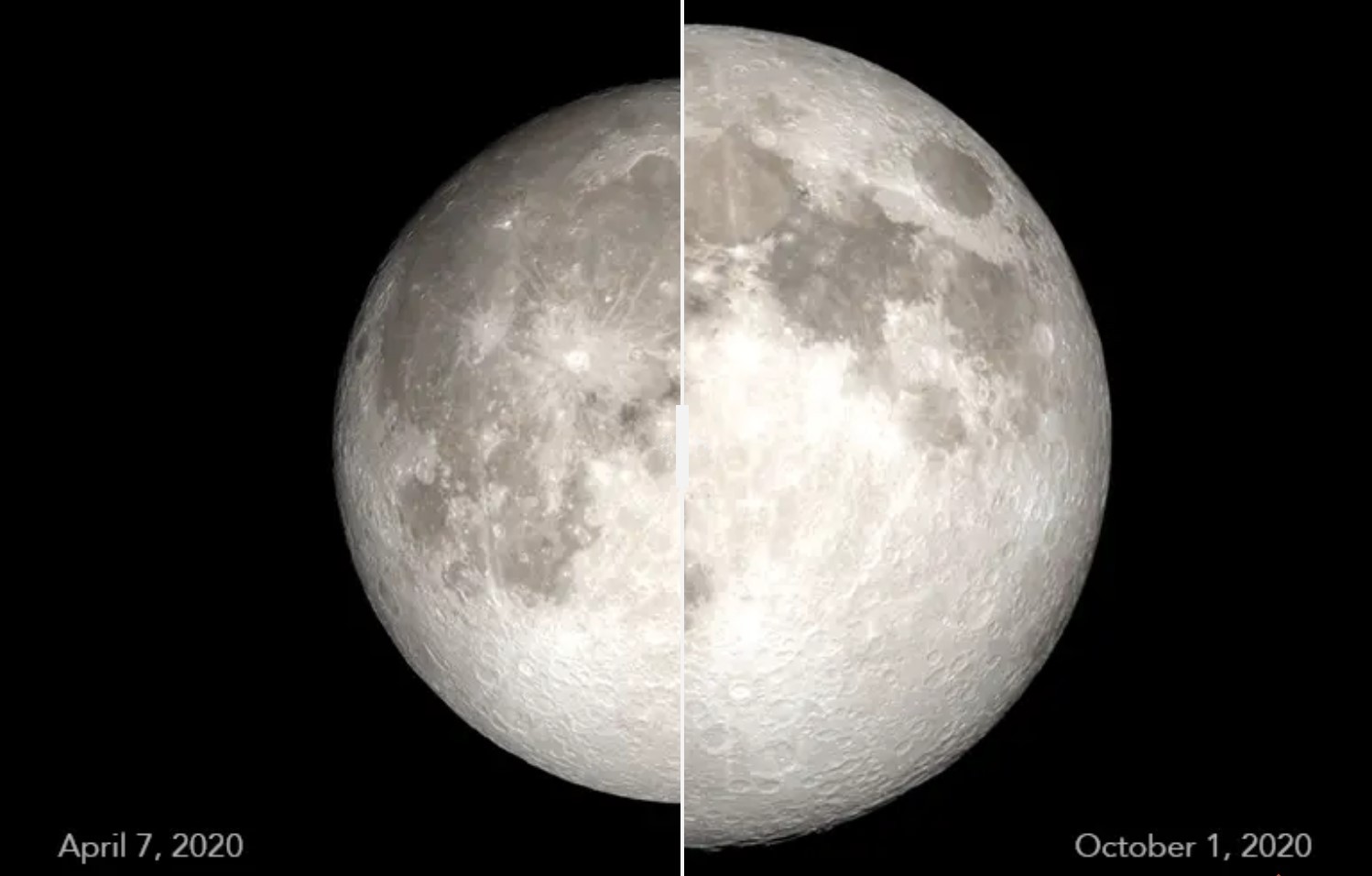The second time was the charm for Japan's new H3 rocket.
The H3 reached orbit and successfully deployed its payloads this evening (Feb. 16), rebounding from a failure on its debut flight last year and getting back on track to becoming Japan's workhorse rocket of the future.
"I was so moved!" a commentator said during a webcast of today's launch provided by the Japan Aerospace Exploration Agency (JAXA). "The story of H3 will begin from today." (The original comments were in Japanese; JAXA provided an English translation in real time.)
Related: Japan's new H3 rocket fails on 1st test flight, advanced Earth observation satellite lost

Development delays, and a failed debut
JAXA and Mitsubishi Heavy Industries have been developing the H3 for the past decade. The expendable, medium-lift rocket will take the reins from the nation's venerable H-2A, which has been flying since 2001 and is set to retire later this year.
The two-stage H3 stands either 187 feet or 207 feet (57 or 63 meters) tall, depending on the choice of payload fairing. The first stage is powered by either two or three liquid hydrogen-liquid oxygen LE-9 engines, which were newly developed for the H3. The upper stage features a single LE-5B-3, an advanced variant of the upper-stage engine on Japan's H-1 and H-2 vehicles.
The H3 can be outfitted with two or four solid rocket boosters to increase its thrust. In its burliest configuration, the new rocket can haul more than 7.2 tons (6.5 metric tons) of payload to geostationary transfer orbit (GTO), according to its JAXA spec sheet. The H-2A, by comparison, can deliver about 4.4 tons (4 metric tons) to GTO. The H3 will also be significantly cheaper to build and operate than its predecessor, according to JAXA officials.
Get the Space.com Newsletter
Breaking space news, the latest updates on rocket launches, skywatching events and more!
The H3's debut was originally targeted for 2020, but the timeline slipped substantially, partly due to difficulties in the development of the LE-9. The new rocket finally launched for the first time on March 6, 2023, on a mission that aimed to send the Advanced Land Observing Satellite-3 (ALOS-3), also known as DAICHI-3, to orbit.
Things did not go well that day, however. The H3's second-stage engine failed to ignite due to an electrical issue, and the satellite was lost.

Bouncing back
It took nearly a year for the H3 to get off the ground again. The rocket lifted off from Japan's Tanegashima Space Center today at 7:22 p.m. EST (0022 GMT and 9:22 a.m. Japan Standard Time on Feb. 17).
H3 carried two small Earth-observation satellites, called CE-SAT-IE and TIRSAT, on its mission today. The main payload, however, was a 5,900-pound (2,600 kilograms) mass simulator called the Vehicle Evaluation Payload-4, which stood in for a big-ticket spacecraft.
"The primary purpose of this mission is to evaluate the performance of the H3 rocket and its payload deployment mechanism," EverydayAstronaut.com wrote in a mission description.
The rocket did not disappoint. The H3 notched all of its required milestones on time — most notably, considering what happened last March, the ignition of its upper-stage engine a little more than five minutes after liftoff.
The upper stage reached orbit, then deployed CE-SAT-IE right on schedule, a little less than 17 minutes after liftoff. The success elicited handshakes and hugs from team members in mission control.
TIRSAT and the payload simulator were designed to deploy later in the flight, and that happened as planned as well, according to JAXA.
"Based on the post-Earth orbit data from the second-stage vehicle, JAXA confirmed that the separation signal was sent to the TIRSAT, controlled re-entry of the second stage was performed, and the separation of the Vehicle Evaluation Payload-4 (VEP-4) was verified," agency officials wrote (in English) in a postflight update.
Editor's note: This story was updated at 2 p.m. ET on Feb. 17 with news of the successful separation of TIRSAT and the VEP-4 payload.
Join our Space Forums to keep talking space on the latest missions, night sky and more! And if you have a news tip, correction or comment, let us know at: community@space.com.

Michael Wall is a Senior Space Writer with Space.com and joined the team in 2010. He primarily covers exoplanets, spaceflight and military space, but has been known to dabble in the space art beat. His book about the search for alien life, "Out There," was published on Nov. 13, 2018. Before becoming a science writer, Michael worked as a herpetologist and wildlife biologist. He has a Ph.D. in evolutionary biology from the University of Sydney, Australia, a bachelor's degree from the University of Arizona, and a graduate certificate in science writing from the University of California, Santa Cruz. To find out what his latest project is, you can follow Michael on Twitter.









